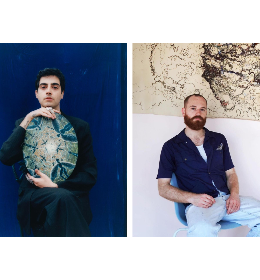Guarantees involve the auction house pledging to cover a minimum price for a lot in the case that it doesn’t sell, in cases where artworks far surpass their estimate price, the auction house then normally splits the excess with the seller. New York Timeswriter Graham Bowler describes this as “a reflection of the largely hidden turmoil in the art market, according to some analysts,” going on to explain that “Despite the headlines about soaring prices, the analysts say profit margins for the auction houses on big-ticket lots are razor-thin.” When the 2008 financial crisis hit the art market the world’s biggest auction houses stopped guaranteeing works in order to protect themselves in a fragile economic climate, however this year Sotheby’s guaranteed Warhol’s Liz #3 which sold for $31.5 million, whilst Andy Warhol’s Triple Elvis was guaranteed by Christie’s, selling for $81.9 million, yet they do not release statistics concerning the amount that these works are guaranteed for.

No results found
Auction houses to return to guaranteeing sale prices

The speculative practice of guaranteeing the price of art works have begun once again to become commonplace in important auction house such as Christie’s and Sotheby’s reports The New York Times.







